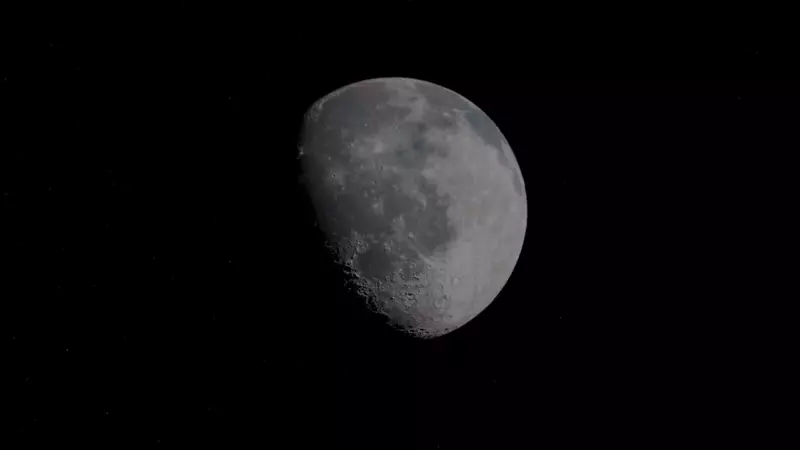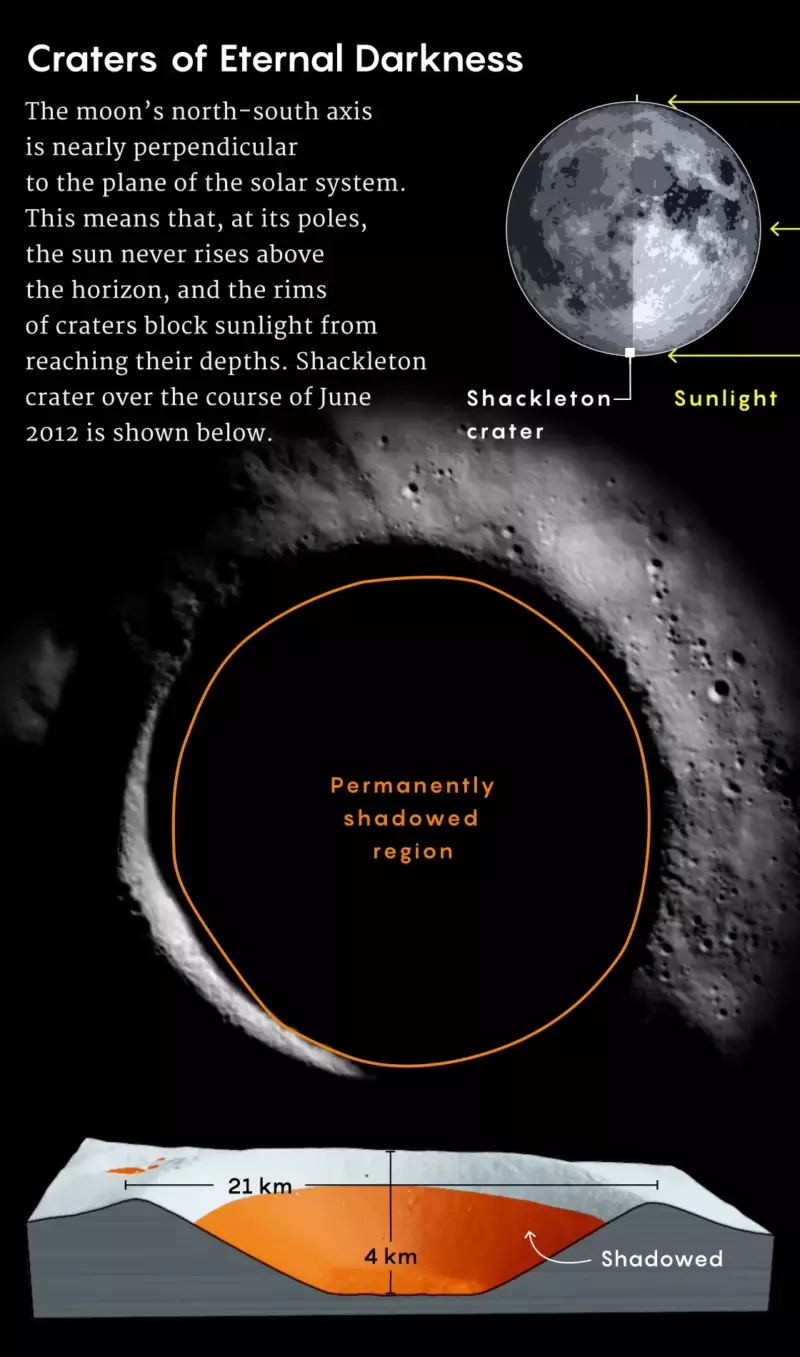On October 9, 2009, a two ton rocket crashed into the moon at a speed of 9000 kilometers per hour. When it exploded in a burst of dust and heated the moon's surface to Baidu, the dark crater it fell, called Cabeus, was briefly filled with light for the first time in billions of years.

The fall was no accident. NASA's Lunar Crater Observation and sensing satellite (LCROSS) mission aims to observe the impact on the back of the moon after impact. A spacecraft tracking a rocket flew over the dust plume for sampling, while NASA's Lunar Reconnaissance Orbiter observed it from a distance.
The results of the experiment were amazing: scientists detected 155 kilograms of water vapor mixed into the dust plume. They found water on the moon for the first time. "This is absolutely certain," said Anthony Colaprete of NASA's Ames Research Center, the lead researcher at LCROSS.
Mark Robinson, a planetary scientist at Arizona State University, said: "The moon's water resources are not obvious. But it's really strange to think about it carefully. Its lack of atmosphere and extreme temperature should cause any water to evaporate almost immediately. However, about 25 years ago, spacecraft began to detect the characteristics of hydrogen around the moon's poles, suggesting that water may be trapped there in the form of ice. LCROSS proved this theory. Scientists now believe that there is not just a little water ice on the moon, but 6 trillion kilometers Jin of water ice ".
Most of these ice live in strange features of the moon's poles, called permanent shadow areas (PSRs). Due to the geometry of the moon's orbit, these craters, like Cabeus, are inaccessible to the sun. "They are in permanent darkness," said Valentin Bickel, a planetary scientist at the Max Planck solar system Institute in Germany.

Scientists have great interest in PSR. The temperature inside can drop below minus 170 degrees Celsius. Parvathy Prem, a planetary scientist at the Johns Hopkins University Laboratory of Applied Physics in Maryland, said: "Some PSRs are colder than Pluto's surface. This means that the ice on or under the moon's surface of PSRs does not necessarily melt; on the contrary, it may have lived there for billions of years. Studying the chemical composition of ice should reveal how it was transported to the moon, which in turn can clarify the origin of water on earth, or any rocky world around any star. It can also be the future human life on the moon A kind of dynamic resource ".
The research so far can only provide a tempting glimpse at best. But that is about to change. Next year, robotic aircraft will enter the puzzling depths of ice and snow in PSRs for the first time to reveal what the interior of these shadow craters looks like. By the end of the decade, NASA plans to send people to explore in person.
"I don't know what we're going to see. It's the coolest thing," said Robinson, the chief scientist in charge of the robot mission.